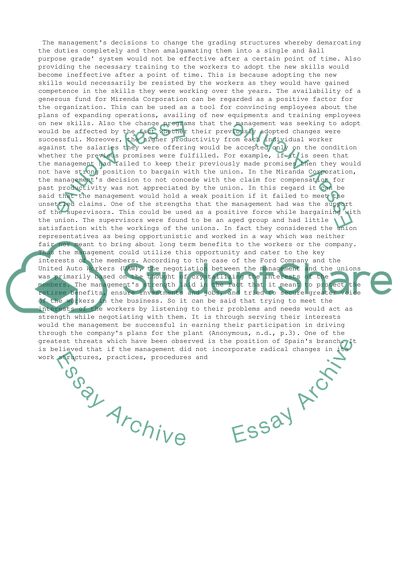Cite this document
(“Conflict in management,negotiation between management and union, case Assignment”, n.d.)
Retrieved de https://studentshare.org/business/1392204-conflict-in-managementnegotiation-between
Retrieved de https://studentshare.org/business/1392204-conflict-in-managementnegotiation-between
(Conflict in management,negotiation Between Management and Union, Case Assignment)
https://studentshare.org/business/1392204-conflict-in-managementnegotiation-between.
https://studentshare.org/business/1392204-conflict-in-managementnegotiation-between.
“Conflict in management,negotiation Between Management and Union, Case Assignment”, n.d. https://studentshare.org/business/1392204-conflict-in-managementnegotiation-between.


